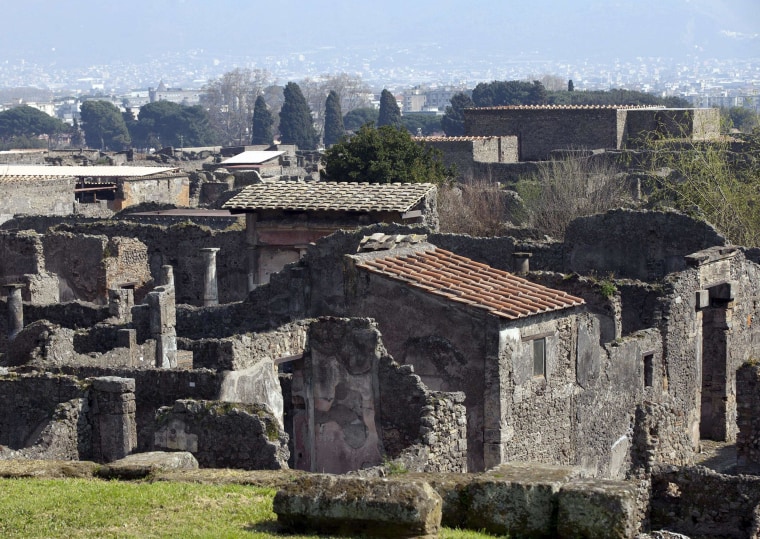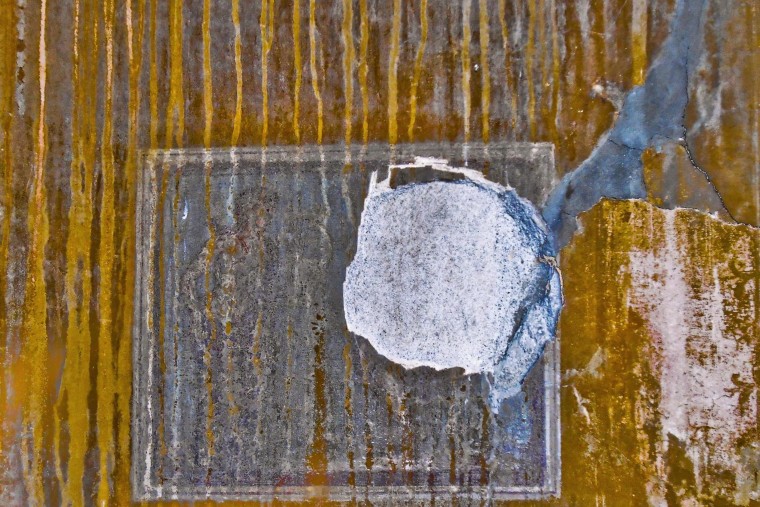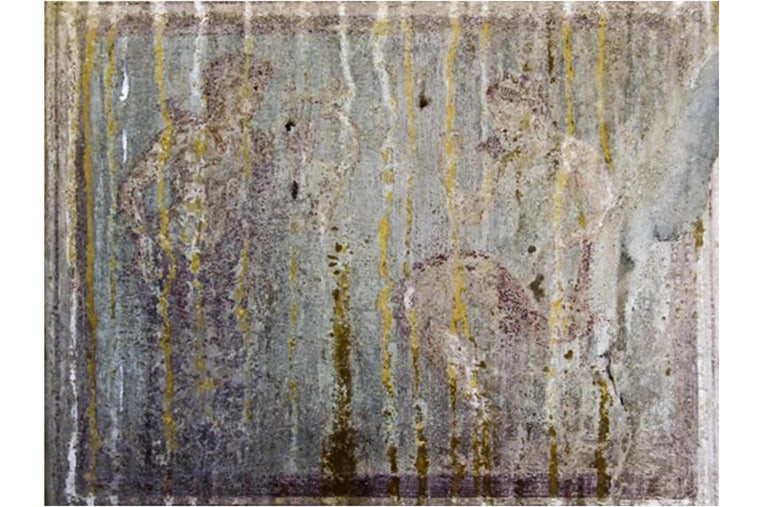ROME - Thieves detached and stole a section of fresco in the ancient Roman city of Pompeii last week, adding to the degradation of one of the world's outstanding archaeological sites after heavy rain caused sections of wall to collapse.
Officials from Pompeii's archaeology service said the thieves chipped off a 20 cm-wide section of fresco depicting the goddess Artemis from a site known as the House of Neptune and Amphitrite, which is not currently open to the public.

Police said news of the theft, which occurred on March 12, had been withheld so as not to compromise their investigation of the case, which they described as "particularly delicate."

The latest theft occurred two weeks after sections of wall at the site collapsed during heavy rain, prompting new Culture Minister Dario Franceschini to promise to step up maintenance work at the site.
One of Italy's most popular attractions, Pompeii was preserved under ash from a volcanic eruption in 79 AD and rediscovered in the 18th century. It has become a symbol for decades of mismanagement of Italy's cultural sites after a series of collapses that have brought an international outcry.
